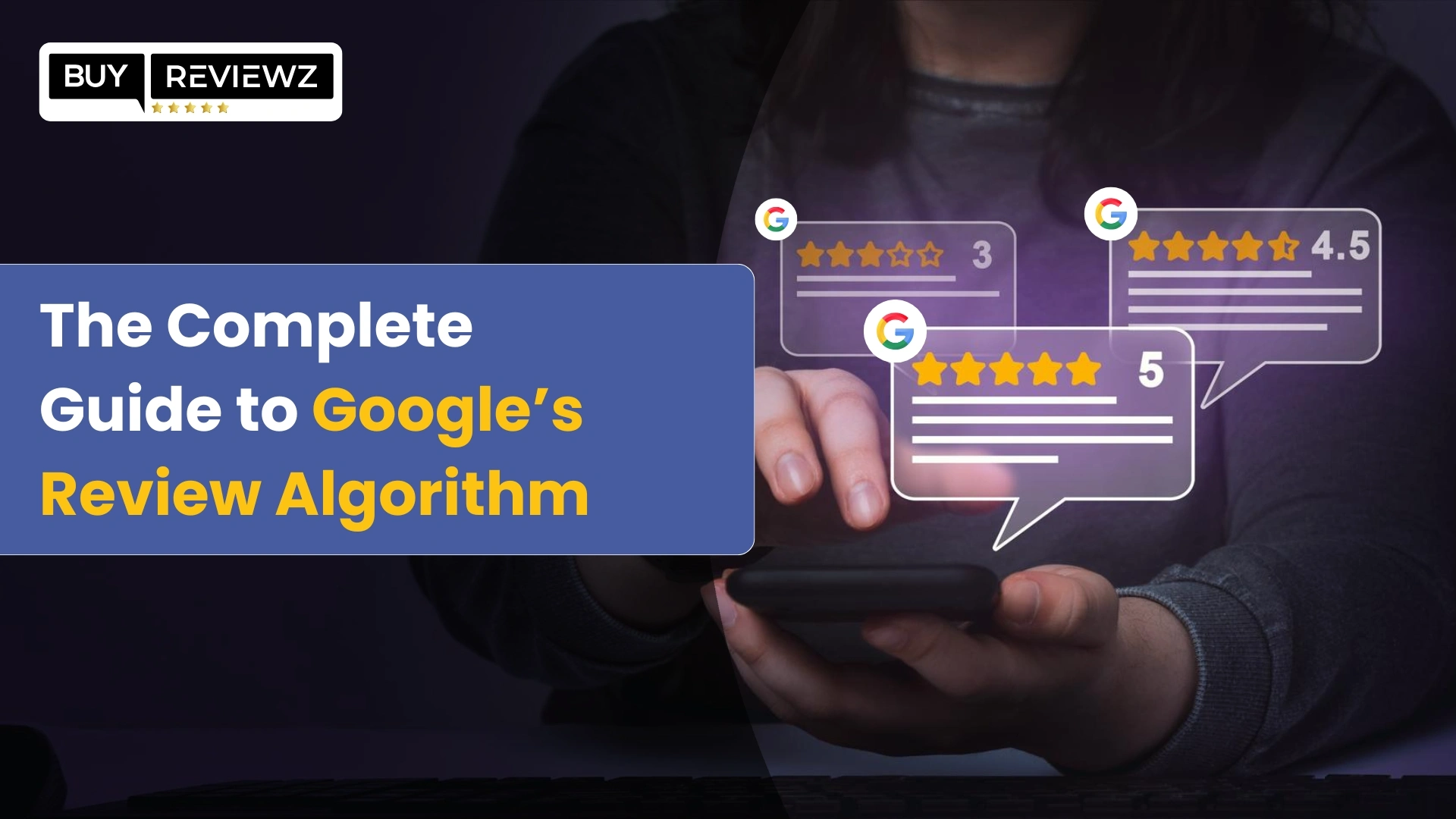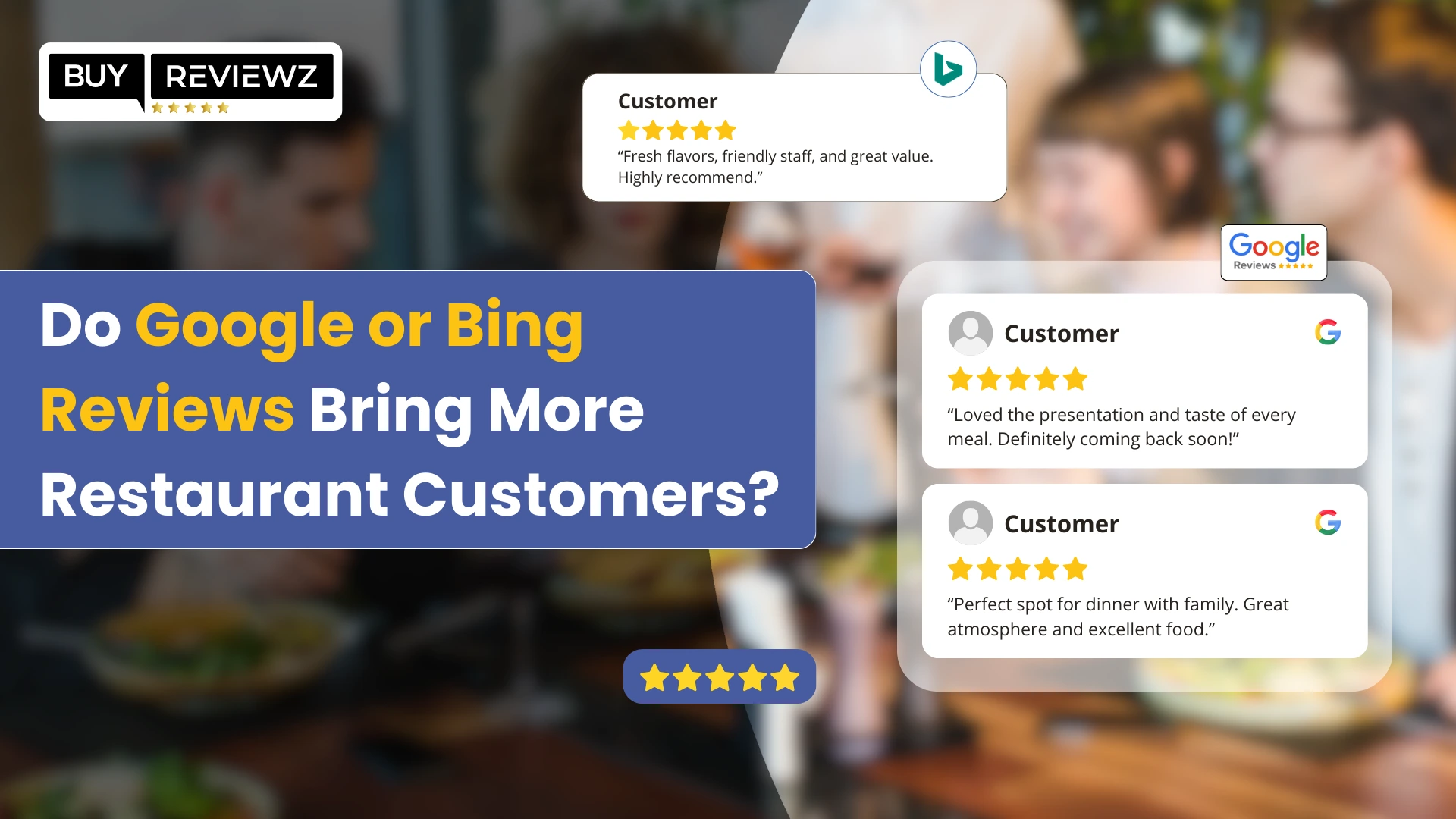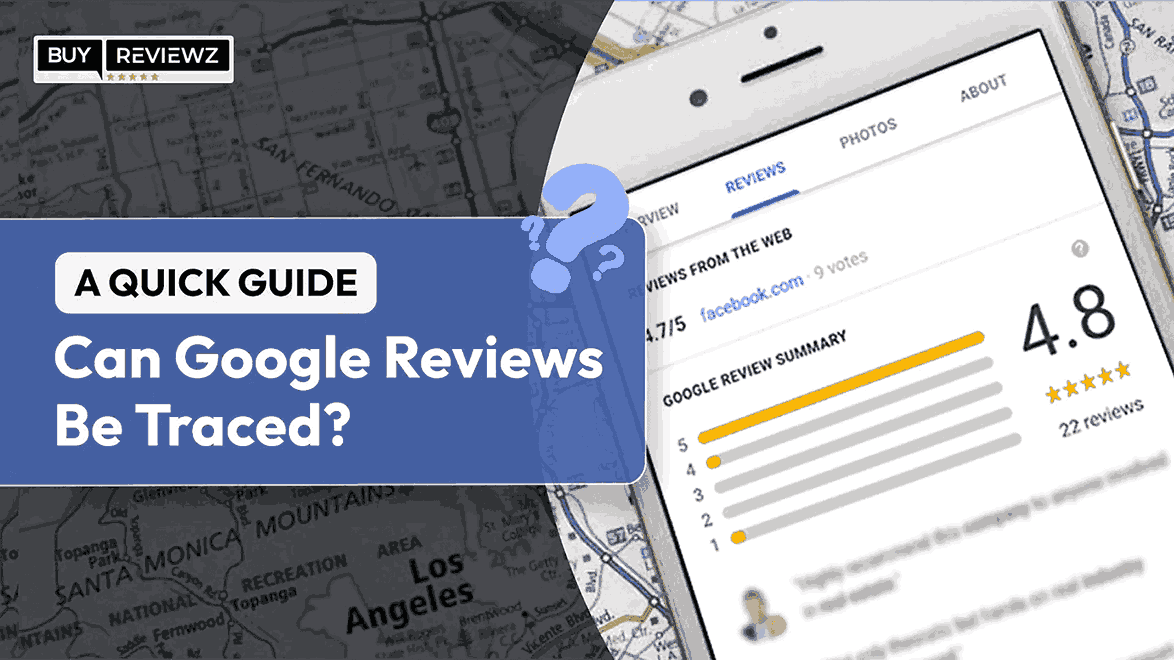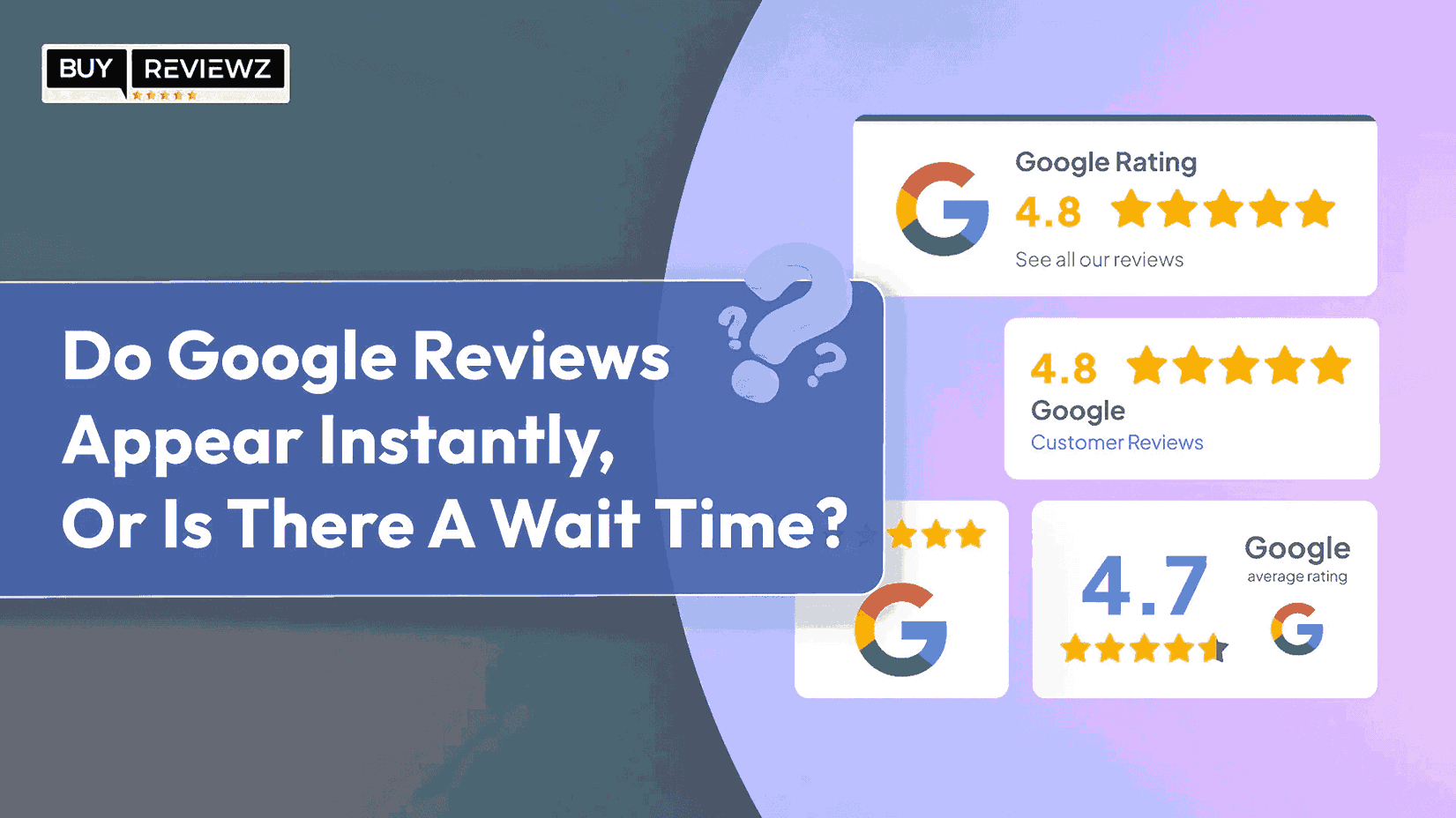If you are familiar with marketing, you have probably witnessed the traditional funnel model. However, changing consumer behavior and an increasing number of online reviews question its efficacy.
As per a 2020, local consumer review survey, 79% of people trust reviews as much as they do personal recommendations! The Flywheel Model is a modern alternative. It focuses on attracting, engaging, and satisfying customers, resulting in a cycle of growth. Reviews are like fuel for the Flywheel, pushing it forward and bringing new clients. You can even buy Google reviews to give your Flywheel a quicker boost and drive more attention to your business.
By managing customer reviews efficiently, businesses can leverage positive reviews to promote growth and gain interest and momentum. Understand the advantages of the flywheel model and its relationship with online reviews in this informative post.
What Is The Flywheel Model?
Today, smart, dynamic businesses have shifted from the traditional "funnel" selling technique to the modern Flywheel model. This approach emphasizes the customer experience as a gateway to sales, while the "funnel" model depends on marketing and sales efforts to generate sales.
Brian Halligan (Co-founder of Hubspot) supports the flywheel model as the modern-age buyer's method of discovering "You."
The flywheel strategy places your client at the core of all marketing decisions. It is all about connecting your business strategy with the needs of your clients. The ultimate goal is to delight your consumers so that they stick with your brand rather than just converting them.
This innovative strategy was created with the goal of providing businesses with total visibility into their interactions with clients, from the initial contact till post-purchase.
Instead of viewing sales as a linear funnel, Flywheel considers it a continuous process. The goal is to get customers to make purchases again and again, and information gathered from every interaction is utilized to improve the customer experience and build loyalty.
Steps To Deliver Better Customer Experiences Using Flywheel
Customer experience is an important aspect of flywheel marketing. Positive customer experience helps drive business success. This concept can help you soar your sales and customer satisfaction in five quick steps.
Let us have a look;
Step 1: Know The Flywheel Stages
Consider models while determining which stages are best suited to your business. Split your client journey into stages such as acquiring new users (Activate), keeping them engaged (Adopt), converting them to followers (Adore), and inspiring advocacy (Advocate).
Step 2: Set Metrics For Every Stage
Set clear goals and KPIs for the Activate, Adopt, Adore, and Advocate stages. These can involve product-qualified leads, retention rates, and fresh prospects generated from existing clients.
Step 3: Find And Fix Friction Points.
Identify areas creating friction at each level, such as optimizing ads for remarketing or improving personalization. Addressing these challenges results in more seamless client experiences.
Step 4: Conduct CRO Tests And Experiments.
Conduct continual CRO tests to improve campaigns and processes. Experiment with alternative techniques for each level, like testing landing page copy and reward types.
Step 5: Monitor And Evaluate Results
Monitor and assess Flywheel Model performance regularly, altering tactics as necessary. Customer happiness, referrals, and sales growth should be used to assess success and highlight areas for development.
Businesses that follow these steps can successfully shift to the Flywheel Model, resulting in consistent conversions and increased overall success.
Pillars Of Flywheel
The flywheel model offers a compelling approach built on three key pillars: attract, engage, and delight. Each pillar is crucial in fostering client relationships, managing the sales cycle, and driving long-term business success.
1. Attract
The first pillar is to gain the attention of prospective clients who are unfamiliar with your brand. To successfully attract prospects, provide useful content that meets their requirements and educates them.
Additionally, identify and remove any barriers to brand discovery, delivering a smooth experience for your consumers.
When it comes to attracting clients, some effective strategies could involve creating helpful blog posts, managing social media accounts, optimizing for search engines (SEO), and using online marketing. The main aim is to connect with the intended audience and establish a solid rapport with the brand.
2. Engage
After attracting prospects, the next step is to actively engage with them using their preferred terms and platforms. This requires providing a flawless experience that is in line with client tastes.
Engagement can take many forms, including personalized review emails that address your client's specific needs and chatbots that provide swift answers to their queries. You can also utilize sales calls to offer tailored solutions to your clients' issues.
The interaction's purpose is to convert your leads into clients, thereby integrating them into your brand community while building a long-term trust relationship.
3. Delight
In the last pillar delight your customers. This is the pillar where Flywheel sparkles. As happy and satisfied clients become your brand advocates. They help you generate more leads through positive word-of-mouth referrals. Thus leading to increased leads and a continuous cycle of growth.
To delight consumers, provide exceptional service, offer discounts and rewards, and gather positive reviews and ratings to build a strong industry reputation. So, ultimately, the Flywheel model focusing on customer satisfaction, encourages sales and referrals, leading to business growth.
How Is Flywheel Different From A Traditional Marketing Funnel?
Both traditional and Flywheel models seek to convert leads into customers, but their approaches are very different.
The Traditional Marketing Funnel guides consumers from awareness to interest, consideration, and, ultimately, action. However, this linear progression frequently fails to accommodate the intricacies of consumer behavior since people can switch back and forth between stages or skip certain parts entirely.
Furthermore, the funnel model prioritizes customer acquisition above retention. Thereby leading to missed chances to capitalize on existing customer connections.
Contrary to this, the Flywheel model puts the client at the very core of the growth process, focusing on the significance of customer satisfaction and advocacy. Rather than considering clients as the end point of the marketing journey,
Flywheel sees them as active participants who can encourage future growth through satisfying experiences and suggestions. This customer-centric model strives to generate an ongoing cycle of momentum in which delighted consumers become brand advocates and promoters.
The Flywheel is quite different from the traditional marketing funnel. While the funnel is a linear process, the Flywheel is more like a dynamic and interconnected system.
It works by harnessing the momentum created by happy customers to bring in and keep new business. This approach emphasizes the importance of customer satisfaction and loyalty for long-term success and sustainability.
How Reviews Benefit The Flywheel Model?
Feedback is vital to the success of the flywheel model. Reviews affect each stage of the model and help attract, keep, and engage customers. They are a key tool for growing your customer base.
1. Boost Attraction
Positive reviews serve as social proof, attracting potential clients by highlighting the positive experiences of existing ones. They offer insight into the quality and dependability of your goods or services, thereby making your brand more appealing to prospective clients.
2. Enhance Engagement
Reviews enable meaningful relationships between brands and clients. Businesses that collect feedback and review responses can demonstrate their dedication to client happiness while also strengthening ties with their audience.
3. Fuel Delight
Addressing client feedback promptly and effectively can improve the overall customer experience. Attending their issues enables businesses to fill the gaps and make improvements that fit customer expectations, resulting in increased levels of satisfaction and loyalty.
4. Improved SEO
Online reviews have a huge impact on a brand's web presence and search engine results. Positive reviews not only enhance the search engine ranking but also indicate to search engines that your brand is trustworthy and genuine.
5. Increased Conversions
Positive reviews help boost trust and confidence of prospective clients. Thereby increasing the conversion rate. Moreover, Businesses can limit the queries by exhibiting satisfied customers' experiences, resulting in more conversions.
6. Improved Brand Reputation
Good reviews can build a strong brand image. Companies that offer great products or services and get positive feedback can show they are top in their field and bring in more customers.
Harness the Power of Reviews For Smooth Flywheel Funnel
Customer reviews are really important for any business, and the same goes for flywheel funnels. They provide valuable insights that can help us improve and grow.
Here is how to leverage their power for a smooth flywheel model and customer journey:
1. Encourage Customer Feedback
Instead of waiting passively, encourage clients to share their experiences. Send polite post-purchase emails/ messages seeking feedback, or use simple in-funnel methods such as pop-ups or rating bars.
2. Respond Promptly And Professionally
Responding to online reviews promptly and professionally goes a long way. Acknowledge clients for their 5-star reviews, expressing your appreciation for their kind words and loyalty.
For unfavorable reviews, provide a genuine apology, explain how you are addressing the issue, and propose solutions to demonstrate that you take their concerns seriously.
3. Make Leaving Reviews Easy
Reduce complexity by making it simple for clients to submit reviews. Integrate prominent review links into your website, social media pages, and other relevant platforms. Cater to various preferences by providing options for written reviews, star ratings, or video feedback.
4. Showcase Positive Reviews
Glowing reviews from delighted clients are powerful trust-builders. Include them on your website's landing pages to make an excellent first impression on prospective clients. Consider boosting positive reviews on social media to increase brand recognition and social proof.
5. Learn From Feedback
Reviews are a good resource for your business. Analyze them for trends, repeating themes, and flaws. Understanding client pain areas and preferences enables you to continually refine your flywheel funnel and provide a better customer experience.
6. Deliver Exceptional Experiences
It is crucial to prioritize customer satisfaction at all stages of your funnel. By focusing on good services (offerings), you will automatically encourage positive comments. Iterate continuously based on consumer feedback to enhance your products, services, and the overall customer experience.
BuyReviewz, your one-stop shop for comprehensive online review management, can help you improve your online reputation and visibility.
You can also use custom review widgets to highlight good feedback on your website, increasing credibility and trust with potential buyers. BuyReviewz enables you to improve your online reputation and drive business growth through proactive review management.
Case Study: Amazon's Flywheel Success
The Amazon flywheel is a business plan that revolutionized history, serving as the foundation for Amazon's growth to a business worth more than a trillion dollars.
It began as a sketch on a napkin drawn by Jeff Bezos at a meeting with Jim Collins in 2000. It outlines a strategy for Amazon's growth based on a few core principles that would feed off one another, resulting in a self-perpetuating flywheel.
It's also known as the "Amazon Virtuous Cycle". And its efficacy is apparent to all.
How Amazon Flywheel Works
The Amazon flywheel is simple and easy to understand.
-
With a primary focus on the customer experience, Flywheel is designed around it.
-
A pleasant customer experience attracts more clients and ensures a consistent flow of traffic.
-
Traffic creates a high demand for sellers on the Amazon platform.
-
More third-party vendors imply a more wide variety for Amazon customers to pick from.
-
That diverse selection contributes to a positive customer experience that keeps the flywheel rolling.
Then, there is another aspect that helps the Flywheel remain continuous;
Amazon focuses on creating a business with an affordable cost structure. That means they can remain profitable while delivering lower prices, which results in a positive customer experience, repeating the rest of the Flywheel.
Its simplicity demonstrates that creating a great business does not require anything complex. All you need is a few basic concepts implemented well.
Embrace The Flywheel: Propel Your Business Forward
While making the transition to flywheel marketing may appear overwhelming, the benefits are clear. Businesses can grow immensely by putting their focus on giving customers a great experience and building strong, lasting relationships.
As marketing keeps changing, adopting the flywheel model is a smart way to invest in long-term success. To summarize, the era of flywheel marketing marks a paradigm shift in how firms approach success and growth.
Organizations can flourish in an increasingly competitive world by recognizing the value of customer relationships and pursuing seamless experiences. It is time to realize the full potential of flywheel marketing and accelerate your business to long-term prosperity.







 Google Business Reviews API: A Complete Guide
Google Business Reviews API: A Complete Guide
 Can Google Reviews Be Traced? A Quick Guide
Can Google Reviews Be Traced? A Quick Guide
 Do Google Reviews Appear Instantly or Is There A Wait Time?
Do Google Reviews Appear Instantly or Is There A Wait Time?